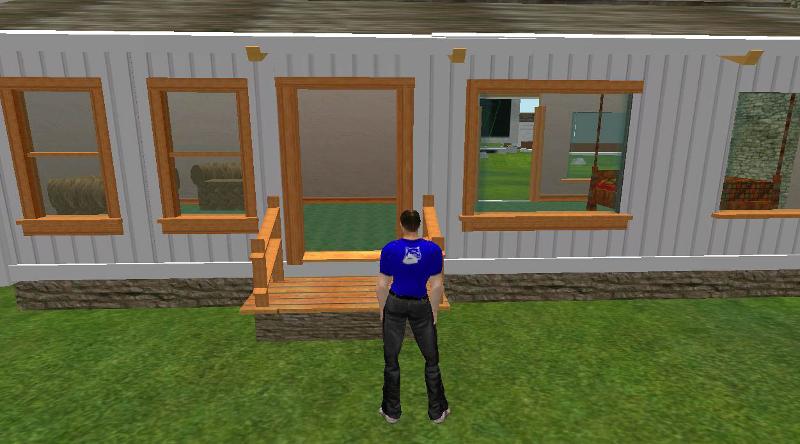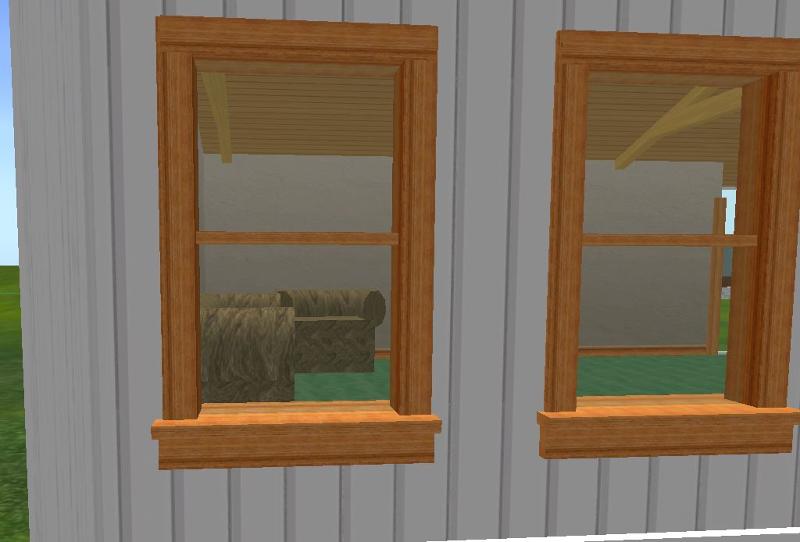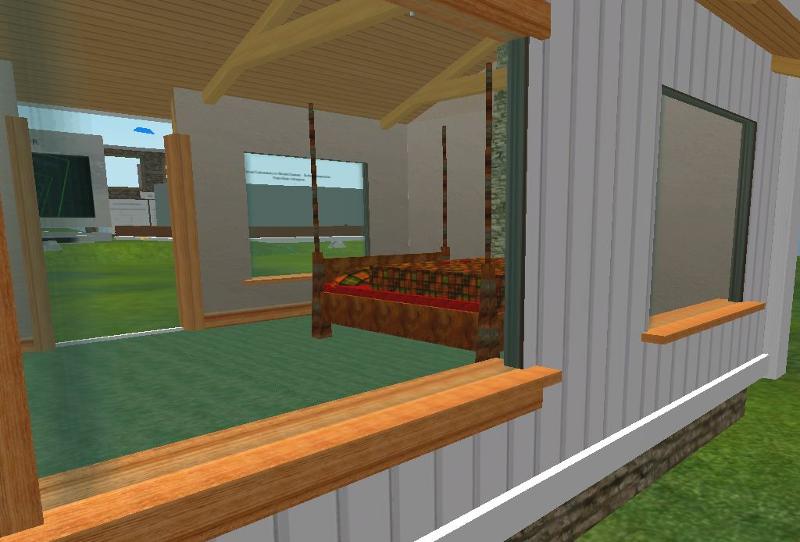Forms, Layouts, Sorting and Queries in Databases
Forms and Layouts
Once the database structure (records and fields) is defined, most database programs create a standard form or layout for entering the data.
Most databases are capable of displaying the data using different forms or layouts. These forms or viewing layouts do not change the data, they just change what you see. In the example of a database of people with whom you correspond, you may have an entry form (for entering new data) and a mailing label form (for printing mailing labels).
Another way to think about this is to picture your data as a house and your different views of the data as different windows. What you are looking at is always the same house but what you see changes depending on where you look.

As you move around outside the house and peer in through different windows (layouts), you will see different aspects of the house (data). Through one window you may see the living room, through another the bedroom, and through another, both the living room and the bedroom. The house (data) doesn't change, just the way you look at it.


Using a database form, a user might enter or import data, edit data, browse data, search data, sort data, print reports, letters, labels, and other output, or export data for other uses.
Sorting
Sorting a database means arranging the records in a specific way to make reported data more usable. You sort records by choosing a specific field(s) within a record by which to sort. For example, an alphabetical sort by the last name field will arrange text data in ascending alphabetical (A-Z) order. If specified, the text fields can also be sorted in descending (Z-A) order.
Queries
The data in a database is not useful unless it can be accessed and extracted in order to answer questions. The process of extracting specific data from a database is called a query.
You can use queries to find what you want when searching in a big electronic database. A query scans the database for data matching specific criteria. For example, records could be searched for all people who live in a certain town.
A query can have one criterion or may be made up of multiple criteria. You can output query matches in a variety of formats, including labels, lists, and reports.


